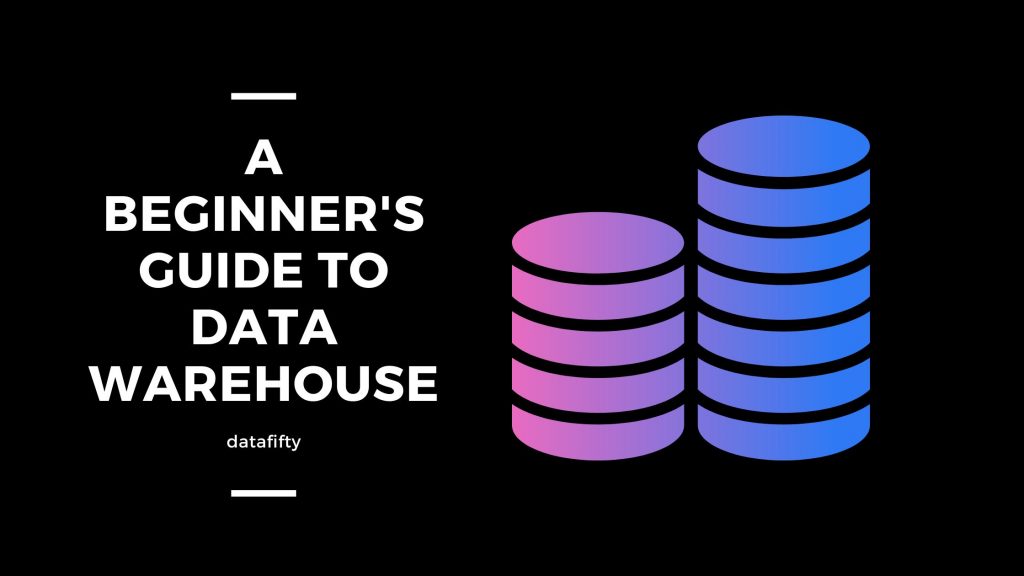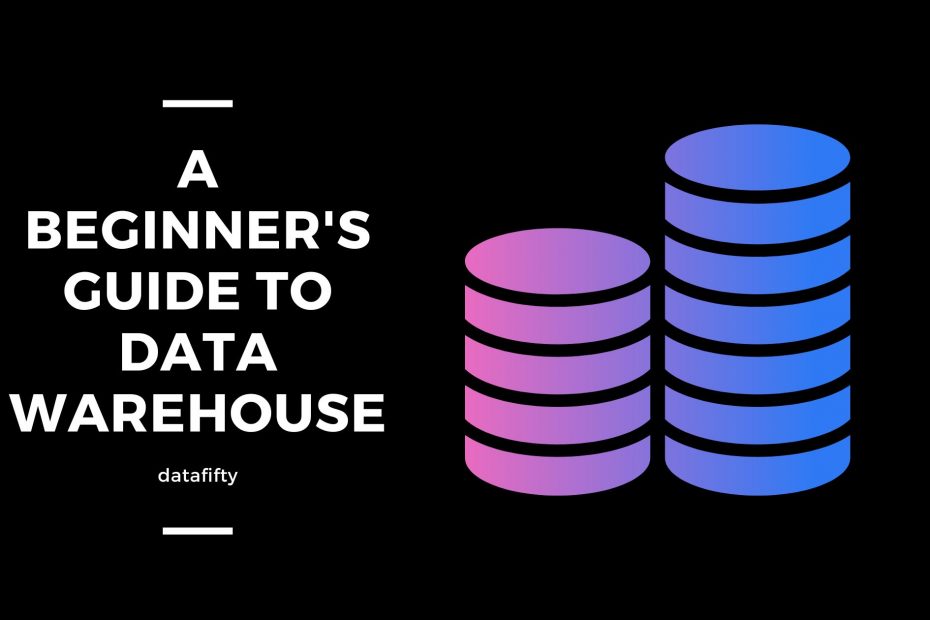Data Warehousing for Dummies: A Beginner’s Guide to Understanding the Basics is a valuable resource for individuals and businesses looking to gain a basic understanding of data warehousing. As companies collect more data. They need to store it externally in large databases in order to access it quickly and efficiently. Data warehouses are the preferred solution since they provide structured data storage, fast retrieval speeds and easy scalability. This guide will help you learn the basics of what a data warehouse is. How it works, and the benefits it provides.

What is Data Warehousing?
Data warehousing is a system designed to store, manage and manipulate large amounts of structured data from multiple sources. Data warehouses exist at two levels: physical databases and virtual schemas (databases) that provide different views at different times. Physical databases contain the physical components such as hardware, software applications and related technology needed for storing and organizing information; whereas virtual schemas are conceptual models that provide a unified view of disparate data sources across an organization. Which makes them ideal for querying business intelligence reports.
Advantages of Data Warehousing!
Data warehouses come with several advantages that make them perfect for modern businesses seeking insight into their operations and markets. The most immediate benefit associated with using a database warehouse is its ability to store massive amounts of information without significantly decreasing performance. This saves time when analyzing large datasets. Second, data warehouses can be used to unify disparate information from multiple sources into one database. Making it easier to query enterprise-wide information with confidence. Finally, since these systems are designed specifically for business intelligence reporting, they can also enable sophisticated decision making through advanced analytics capabilities such as predictive modeling and machine learning algorithms.
In short, if your business is looking for an efficient way to store large amounts of data while also enabling insightful analytics then you should consider leveraging the power of a data warehouse by implementing one today. Data Warehousing For Dummies: A Beginner’s Guide To Understanding The Basics provides valuable insights into the basics which should prove invaluable in your efforts towards becoming a more informed user – so go ahead and give this essential read a try!
For More Articles, visit DataFifty.

I love your blog.. very nice colors & theme. Did you create this website yourself? Plz reply back as I’m looking to create my own blog and would like to know wheere u got this from. thanks